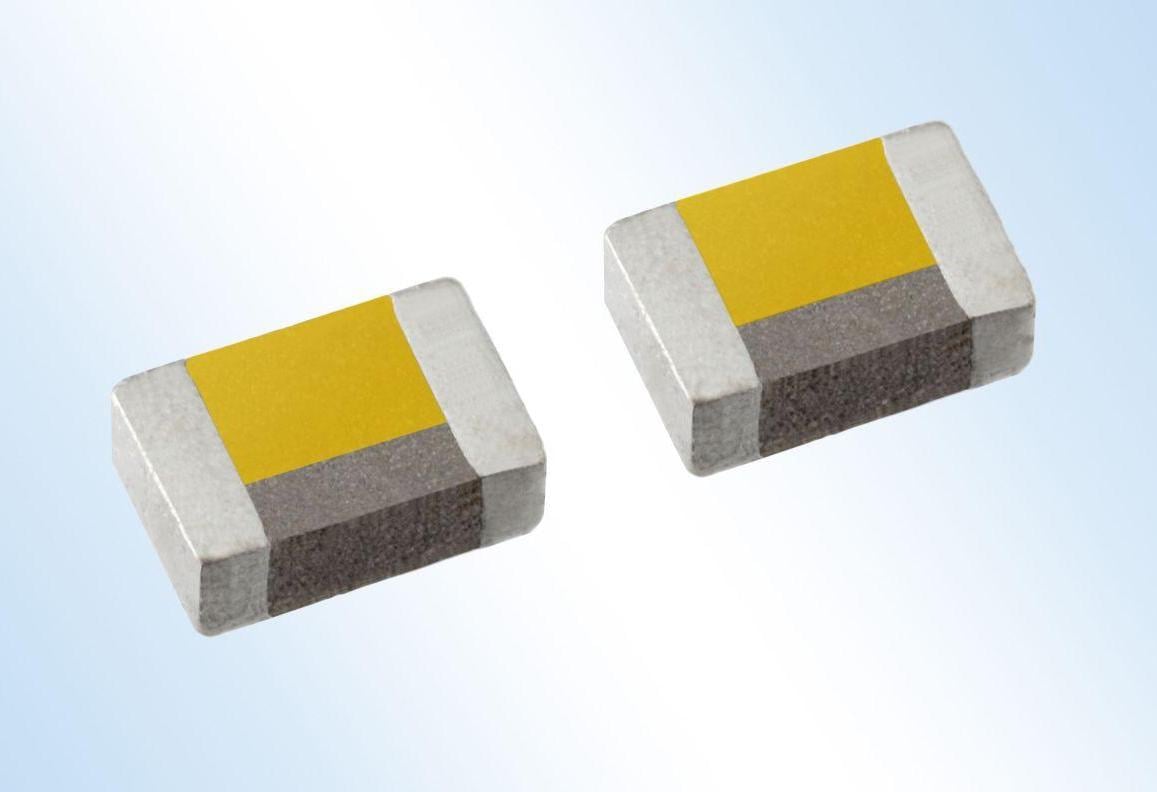TDK Announces Thin-Film Power Inductor Primed for Mobile Device Design
What are thin-film inductors and how can they help with mobile design? Learn about a new inductor from TDK.
What are thin-film inductors and how can they help with mobile design? Learn about a new inductor from TDK.
According to TDK, their newest inductor, the TFM201208ALD, can handle 4% higher currents and 12% lower resistance than conventional products. This is a miniature thin-film power inductor designed with lightweight mobile devices in mind. The unit has a rated inductance of 1.0 µH.

The TFM201208ALD. Image from TDK
In 2017, TDK released the TFM160808ALC series of inductors, themselves an update to the previous TFM series. This newest series continues to demonstrate the industry trend of continually updating components through small improvements that collectively lead to more efficient, specialized components available on the market.
The Nefarious Inductor
As described in Inductor Out, Op-Amp In: An Introduction to Second-Order Active Filters by Robert Keim, inductors are often thought of as “nefarious.”
Why?
For starters, because they are bulky and they take up board space.
Worse still, unlike resistors and capacitors, inductors are “not particularly compatible with integrated circuit manufacturing techniques.” This mandates more manufacturing steps, higher costs, and decreased reliability.
Designers will often avoid using inductors if they can. This often looks like "simulating" inductors by using smaller, lighter amalgamations of transistors, capacitors, and resistors.
But, among other issues, this workaround can’t store as much energy as can an actual inductor can. So, quite often, no such substitution is acceptable.
And, that’s where thin film power inductors come in.
What Are Thin Film Inductors?
Thin-film inductors mitigate some of the disadvantages noted in the use of classical inductors.
These highly specialized inductors are based on tiny spiral-shaped coils of metal. These coils serve the same function as coils of wire that are the basis of conventional inductors.
The key advantage of these devices is, of course, their tiny size. Additionally, they are more resistant to heat, are more stable electrically, and generate far less electrical noise.
Key Features of the TFM201208ALD
The device’s DC resistance is specified at 79 milliohms. TDK claims that this is 12% lower than similar competing devices. A smaller DC resistance translates into less wasted power.
This is a critical concern for designers of mobile devices such as smartphones and tablets. For these applications, the highest possible power conversion efficiency is a paramount concern. Success here ensures not only the fastest possible charging time and the longest time between charges, but also maximum battery life.
In addition, the TFM201208ALD has a current carrying capacity of 2.5 amps. TDK states that this is 4% higher than conventional products.
The inductors are constructed out of metal magnetic material. This material has high saturation magnetic flux density, contributing to notable DC bias characteristics, which TDK describes as the change in inductance value as a function of current.

A graph showing DC bias characteristic. Image from TDK
Additionally, TDK used a closed magnetic circuit structure, which minimizes leakage flux.
Physical Characteristics
- Dimensions: 2.0 mm x 1.25 mm x 0.8 mm
- Weight: 0.012 grams
- Storage temperature range: –40 to +85 °C
- Operating temperature range: –40 to +125 °C
Similar Devices from Other Manufacturers
There are many manufacturers currently offering thin-film power inductors. Here are two that you may choose to compare to:
- The LPWI series from Littelfuse is meant for small battery-operated applications such as smartphones, tablets, and wearables. There are many varied parts to this series.
- The CIGT201610LM2R2MNE from Samsung is a thin film power inductor suitable for uses in mobile devices. Its inductance is 2.2 µH, with a typical DC resistance of 128 milliohms and a maximum rated DC current of 1.6 amps. In addition, it is free of all RoHS-regulated substances and is halogen free.
Do you have experience designing with thin-film inductors? How about insight on working within specs for mobile device? Share your perspective in the comments below.
**Note: This article was updated on 6/6/2019 to more accurately reflect the specifications of the TFM201208ALD device.







